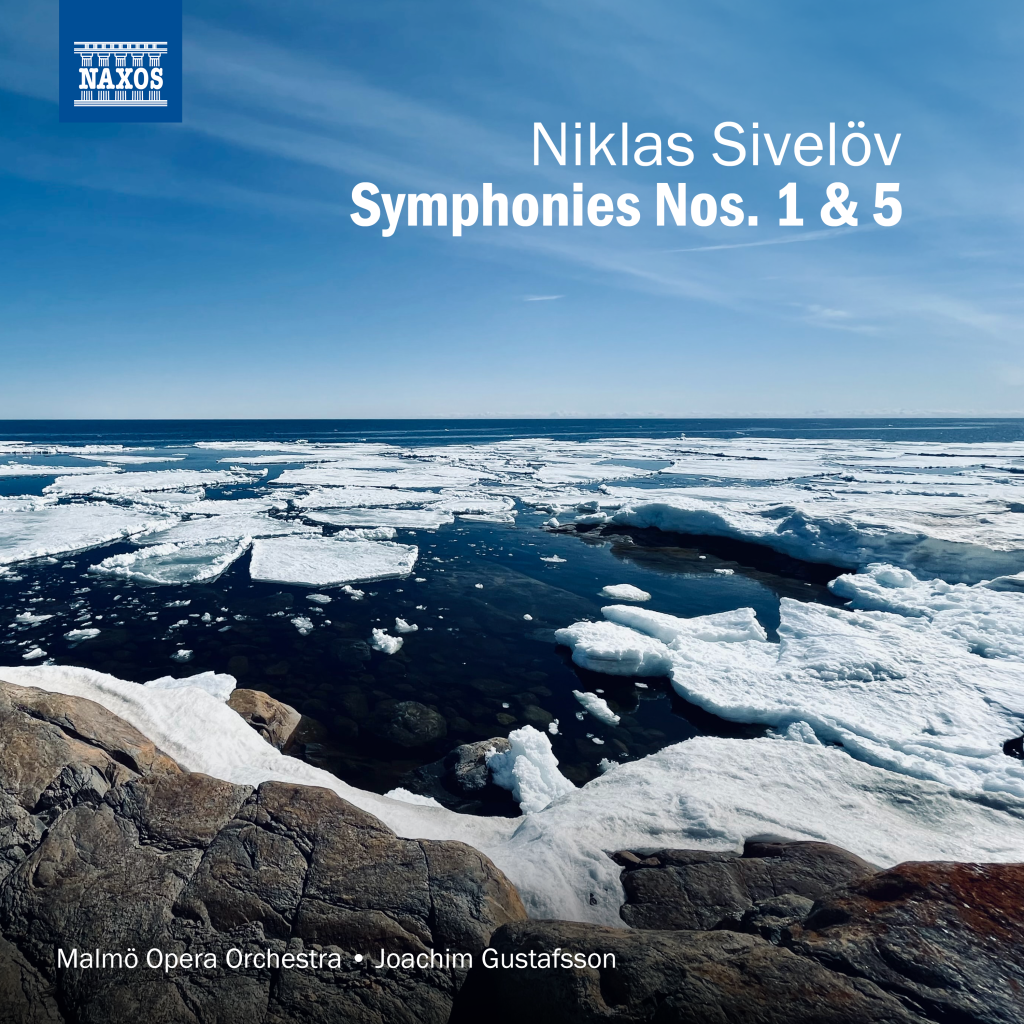Like Liszt, Busoni or Rachmanninov..
Reiview from Records International
Sivelöv is an established pianist of international standing, who has enjoyed great success in an impressively wide range of repertoire (12T048, 12N051, and a great deal of other music besides). He is also an unusual example of the travelling virtuoso who devotes himself to composition when not on the concert platform, a phenomenon more common in the 19th and early 20th centuries than nowadays – one thinks of Liszt, Busoni, Rachmaninov et al. To date he has produced seven symphonies, five concerti for his own instrument, and a sizeable body of solo and chamber music (11R084, 11W008). His idiom is tonal and neo-romantic, and entirely accessible. His symphonies – all written in the past decade – are more than worthy additions to the canon of Scandinavian and Nordic compositions of which an astonishing abundance has emerged from the late years of the nineteenth century onward. The three-movement First Symphony, subtitled “Nordico” was written in 2013. As the title suggests, the music reflects the natural landscape of the north, and the influence of Sibelius is often to be felt, though not overwhelmingly so. The dramatic first movement is full of energy and momentum from the opening bars, contrasting granite and tempest, tempered by the lightly scored play of light on cascading mountain streams and the brooding density of the northern forests. The central Adagio begins as glacial nature music, but soon takes on an unexpected menacing aspect, with the ominous, heavy tread of a funeral march. A more active central section seems to hint at some mythical drama played out against the chill landscape. A tormented scream and an incongruous collapse of the music abruptly halts the music’s flow, and when it resumes it is as a resumption of the minatory march. The movement ends ambiguously, unresolved. The finale, Allegro molto, is an unruly, dancing celebration, suddenly evoking the insistent rhythmic alacrity, nervous syncopations and obsessive propulsion of the neoclassical Stravinsky of Œdipus and the Symphony in 3 Movements. Throughout the symphony the level orchestral virtuosity is at a consistently high level, the orchestra enhanced with a large percussion section, including an important piano part. The Fifth Symphony, from 2020, is in two roughly equal tableaux or panels, similar in structure and form. Subtitled Concerto for Orchestra, it abounds in virtuosic writing for the sections and soloists of the standard-sized orchestra, with an even more prominent rôle for the piano. The first movement begins with a sombre Adagio infused with a Mahlerian Einsame im Herbst melancholy. While the basic pulse remains slow, the music gradually gathers momentum with more active material full of shifting harmonic ambiguity reminiscent of Busoni’s Two Studies for Doktor Faust. This haunted, tenebrous, unsettled movement unexpectedly takes a turn toward a lighter, jazz-inflected mood in its closing stages. The second movement offers a different perspective on the same material – the composer had originally conceived the work as a single span, in fact – though here the Adagio opening is more Sibelian in texture, and rather than gradually increasing in activity the arrival of the ensuing allegro is a jolting surprise, and the final dance is more neo-classical than jazzily energised. Like the first movement, the work ends with a subdued epilogue. Malmö Opera Orchestra, Joachim Gustafsson.

